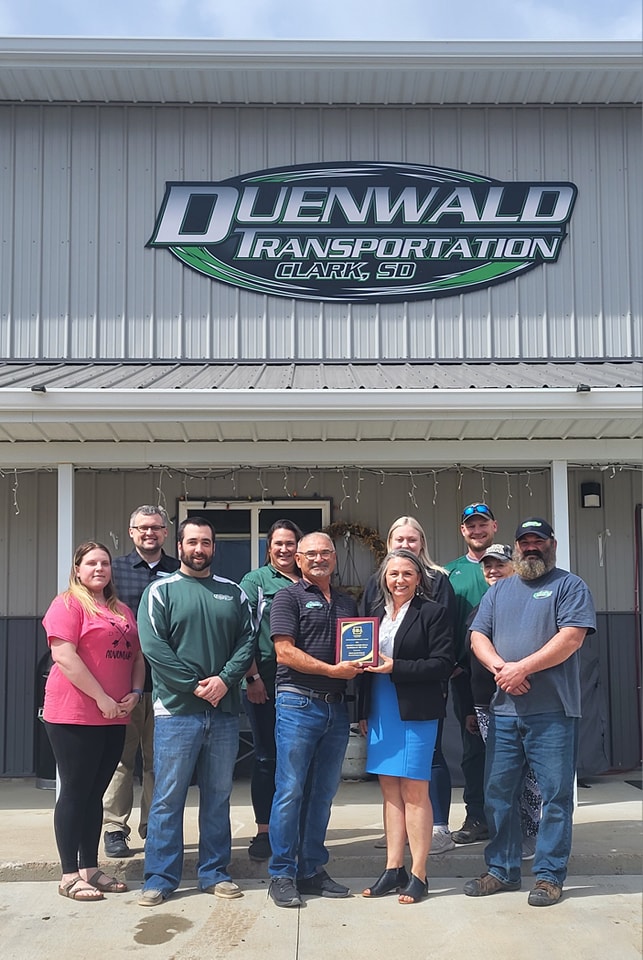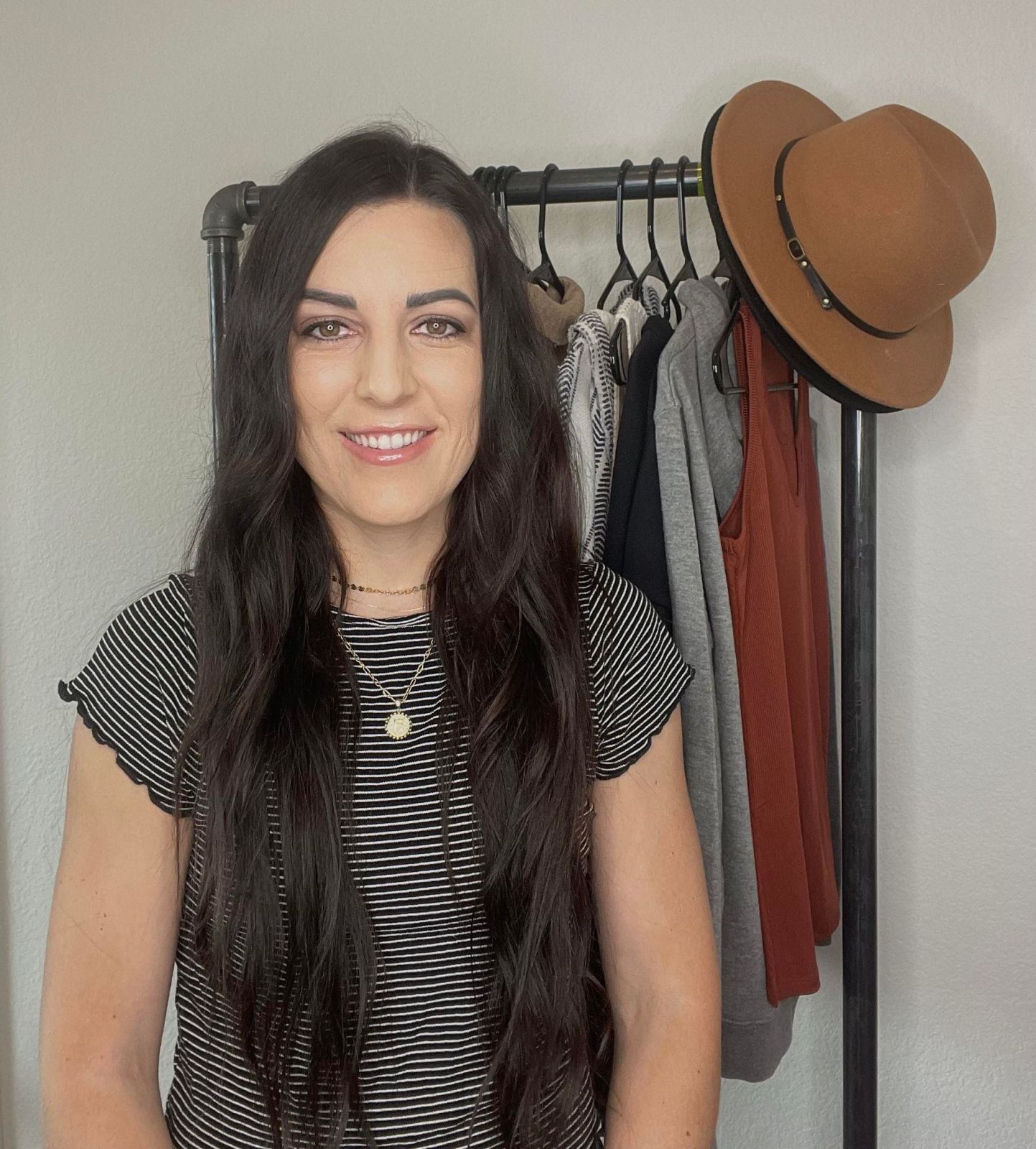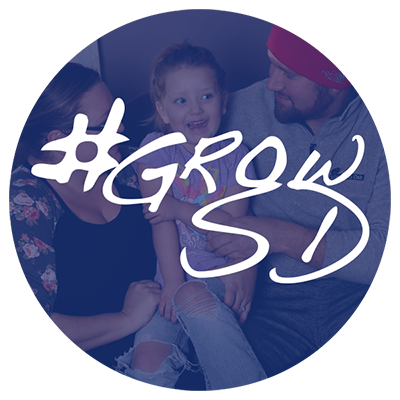Growing Webster is now in the people’s hands
Monday, October 06, 2014
by Amanda Fanger
reporter@reporterandfarmer.com
Lots of ideas were presented last Saturday at the design:SD charrette presentation, but design professionals told the community members that the work is now in their hands.
The first of 22 design boards presented to the public Sept. 27 read, “Webster needs you.”
Community coach Joe Bartman of the design:SD program said, “We want to help you build on the great things you already have (because) this community is pretty awesome. We’ve been very impressed.”
He went on to say during his opening remarks, “It became really clear to us that there’s a lot already here. All you need to make this work is to keep doing what you’re doing.”
Bartman encouraged community members to keep inviting people into the area, keep listening for solutions and keep empowering other individuals.
Of the many areas of development that the team identified, Bartman said, “It’s all connected and they all overlap.”
Design team members arrived in Webster Sept. 24 and began the charrette with a series of listening sessions the next day. They heard from the seven initiative teams which had been set up earlier this summer, then heard from the public about issues facing Webster.
The group spent Sept. 26 working together on the design boards, creating ideas for Webster’s future. There were about 16 South Dakota State University Department of Architecture students working with the team on Friday. The DoArch students will study Webster and work in the community for several years, at the end of which they will complete an architectural project within Webster.
The presentation session on Saturday lasted nearly two hours and each team member spoke on different topics related to the design boards.
Bartman had said the design boards that were presented were only a summary of ideas the team had come up with. They had come up with what to present by a process of continually narrowing down the ideas.
With the decisions that need to be made yet Tom Stone, an architect from Sioux Falls, said that it’s a matter of determining quantity versus quality. He also spoke to the fact that the Webster area could do a better job of capitalizing on tourism dollars that go through the area.
“The fishing here is world class,” he stated. “Absolutely world class.”
The question was posed, how to get more people to come into the community and how to get them to spend more money while here.
The answer could be provided through avenues such as events, area attractions, branding and services.
“You have to make sure you’re attracting the kind of people you want,” said Heidi Marttila-Losure, a writer from Frederick who presented about the topic.
She added that all those things must be tied together through a marketing strategy and advertising. A suggestion from the team included hiring a marketing manager for the community.
Paula Jensen, a rural community and economic developer with GROW South Dakota, said in order to grow for the future, a community always needs to be thinking of creating “careers to come home to.”
When communities are looking to bring outside people in to create a job force, she said Webster should consider creating skilled jobs for their high school graduates to come home to.
“Our small businesses are the focus of our small community,” she said. “Let’s fill Main Street and downtown through entrepreneurship.”
She also discussed the idea of creating programs that brought businesses and education together to teach students about trades and hometown careers.
“It’s about creating a community where we’re all succeeding together,” she said.
On the topic of gateways into the community, Matt Fridell, a landscape architect from Custer opened up his segment by saying, “I don’t know if you guys noticed or not, but you have an interstate going right through your town,” he said with a laugh. “That’s one mile you can use to make a difference.”
He went on to discuss the potential of slowing some of the traffic down on Hwy. 12 and getting some of the passersby to stop in the community.
And while little signs tend to get lost, he cautioned people not to write them off completely.
“Don’t miss out on the little things that show Webster is a community that cares about the little things,” he said, mentioning how things such as planting petunias and keeping roadsides clear make a positive impact to outsiders.
Housing was a popular topic at all roundtable discussions said Larry Crane, an architect from Sioux Falls. He spoke of incoming businesses that wish to bring in employees but are currently having difficulty finding housing for them.
“The idea is more rooftops to handle the influx you’re going to be facing,” he said. His suggestion was that multifamily living units is the way to go. “It sounds like a wave of people are coming at you.”
Continuing on that topic, Ryan Kranz, another architect from Sioux Falls, said, “I want to get you to see the value of the existing housing in your community.”
He suggested small changes and upgrades to existing homes to add value to those homes.
Jamie Horter, a community developer and artist from Lyons, NE – originally of Bristol – touched on the subject of the opportunities of using the intersection of Hwy. 12 and Hwy. 25. She stressed the importance of and spoke of the potential impact it could have on the community by setting up a visitor center at that crossroad.
“There are all kinds of things we should have additional conversation about,” she said, in reference to the ideas of a visitor center, community center, outdoor learning center and an education/career center that were suggested through the community listening sessions.
The idea of a walking path and bike trail were popular during the listening sessions, the experts said. Fridell remarked that building a new path may not be necessary to obtain that goal. One strategy included using existing sidewalks within the city to make smaller loops that all interconnect and eventually create a path that encompasses the town and connects to the smaller loops.
“Our goal here is to make it for all ages, all seasons and all abilities,” he said.
Work would need to be done on new intersection signs, making a map of those trails and handing them out.
“That’s something that could probably be done this afternoon,” he remarked.
Chris Brockvelt, an associate architect from Sioux Falls spoke on strengthening downtown.
“Nobody likes to lose their downtown,” he said. “Downtown development is not where some of you would like it to be. The goal is to keep people there once they’re there. It’s a wonderful place, it just needs some help.”
He outlined some suggestions to help draw customers in, which included businesses working together to promote each other, trying extended business hours (and promoting those extended hours through extensive advertising and promotion) and through shop local campaigns, programs like “Bearcat Bucks” and having students do cash flow studies.
“Let people know what you have and get the word out,” he said.
Brockvelt also said sprucing up storefronts are important. “It’s what invites people in,” he said.
Plants, shrubbery and shade (in the form of awnings and trees) help create that welcoming atmosphere.
“Make it enjoyable,” he said. “Trees make a world of difference.”
He complimented the city on the streetlamps, saying they were very nice.
Sioux Falls architect Keith Thompson talked about other things the team liked about Webster’s Main Street.
“There’s a lot of opportunities waiting to happen,” he said. Using Main Street as a starting point will create a trickle-down effect throughout the rest of the town, he added.
There are many upgrades that only require a bit of labor, he said, that would make a positive impact on the community as a whole.
“The details make the difference,” he said.
Stone said, “Okay, what happens next? How do we create and implement a plan?”
The team helped outline suggestions for a quick launch, a mid-range goal and then for big ideas.
“You have to now make a plan and put it into action,” he said. “That’s your job.”
They cautioned folks not to forget, “A good community is about the people,” Stone said.
In conclusion, Bartman said, “As we’ve been digging deeper with you, looking at things in a different way, we’re providing options, not answers.”
Other points that were made during the presentation included:
•Go where the energy is.
•All aspects of community development overlap.
•Change mind-sets.
•Tourism is a low-hanging fruit on the funding tree for Webster.
•Marketing the community is key.
•Prepare people to live here.
•Pay attention to the details; what do people notice when they come into town?
•Make downtown matter.
•Don’t try to do everything at once.
Melissa Waldner, executive director of the Webster Area Development Corporation shadowed the team nearly the whole time they were here.
“I hope we can take advantage of the time (the team) spent here,” she said. “They gave us all these ideas, taught us to think differently and gave us a vision to carry on.”
The design charrette cost a total of $40,000, but locally only $6,000 was needed to be raised because of statewide support and grants.
Sponsors included the WADC, Webster Area Chamber of Commerce, Day County Champion Community, Webster City, NorthWestern Energy, Lake Region Electric, Dacotah Bank, CorTrust Bank, Great Western Bank, Sanford Webster Medical Center, Bethesda Home and Harry Knapp. Other sponsors included the design:SD program, SDSU DoArch, The American Institute of Architects – SD Chapter, Dakota Resources and Hanley Wood provided a grant.
Category: (none)






